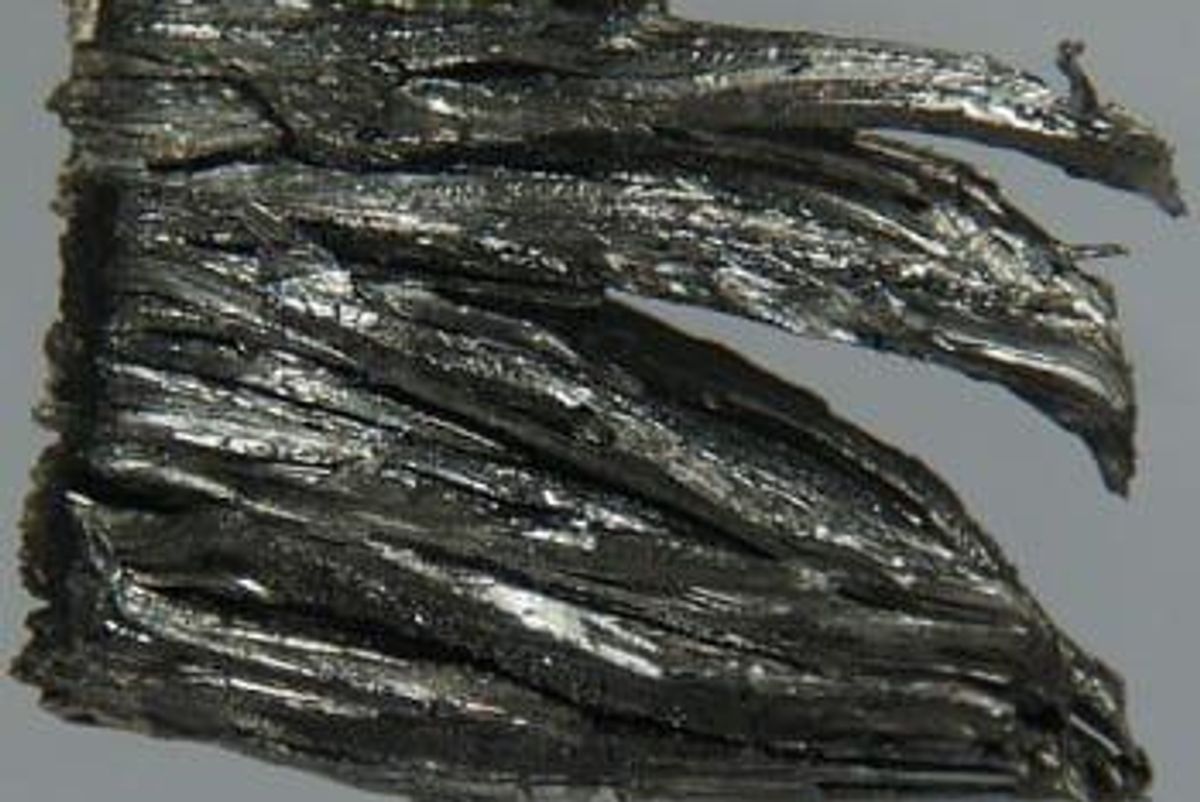- AustraliaNorth AmericaWorld
Investing News NetworkYour trusted source for investing success
Galan Lithium
Trident Royalties PLC
Impact Minerals Limited
Carbon Done Right
- Lithium Outlook
- Oil and Gas Outlook
- Gold Outlook Report
- Uranium Outlook
- Rare Earths Outlook
- All Outlook Reports
- Top Generative AI Stocks
- Top EV Stocks
- Biggest AI Companies
- Biggest Blockchain Stocks
- Biggest Cryptocurrency-mining Stocks
- Biggest Cybersecurity Companies
- Biggest Robotics Companies
- Biggest Social Media Companies
- Biggest Technology ETFs
- Artificial Intellgience ETFs
- Robotics ETFs
- Canadian Cryptocurrency ETFs
- Artificial Intelligence Outlook
- EV Outlook
- Cleantech Outlook
- Crypto Outlook
- Tech Outlook
- All Market Outlook Reports
- Cannabis Weekly Round-Up
- Top Alzheimer's Treatment Stocks
- Top Biotech Stocks
- Top Plant-based Food Stocks
- Biggest Cannabis Stocks
- Biggest Pharma Stocks
- Longevity Stocks to Watch
- Psychedelics Stocks to Watch
- Top Cobalt Stocks
- Small Biotech ETFs to Watch
- Top Life Science ETFs
- Biggest Pharmaceutical ETFs
- Life Science Outlook
- Biotech Outlook
- Cannabis Outlook
- Pharma Outlook
- Psychedelics Outlook
- All Market Outlook Reports

Here’s a quick overview of what dysprosium is, how it’s used and what its supply and demand fundamentals look like.
Unless you work or study in some very specific fields, chances are you’re not too familiar with dysprosium.
One of 17 chemical elements classified as rare earths, dysprosium was first discovered by French chemist Paul-Émile Lecoq de Boisbaudran in 1886 as an impurity in erbia, the oxide of erbium, according to Jefferson Lab’s science education website. However, pure samples of dysprosium were not produced until the 1950s.
Not all rare earth elements are actually rare, but this metal lives up to the label. Indeed, the name dysprosium is derived from the Greek work “dysprositos,” which translates to “hard to get at.”
Properties
Dysprosium has a bright, silvery-metallic appearance. Low in toxicity, the metal has no known biological role.
Like the other lanthanides, dysprosium is found in monazite and bastnaesite deposits, but smaller quantities can also be found in minerals like xenotime and fergusonite.
As the Investing News Network has previously discussed, deposits rich in heavy rare earths like dysprosium are less common than deposits rich in light rare earths. As a result, dysprosium and other heavy rare metals are often more expensive than light rare earths such as cerium and lanthanum.
Applications
According to the Royal Society of Chemistry, dysprosium hasn’t been used as much as other rare earths in the past. As a pure metal, it reacts to to water and air, making it difficult to handle. However, that’s changed in recent years, as the metal is used extensively in neodymium-based magnets. The addition of dysprosium helps neodymium-based magnets function at higher temperatures, under which conditions they would likely demagnetize.
Rare earth magnets are stronger in terms of weight and volume than any other type of magnet. Specifically, magnets made from neodymium, boron and iron are the strongest available, and are increasingly being used in modern technologies, including motors and generators in wind turbines and electric vehicles.
The metal is also used in dysprosium iodide in halide discharge lamps, and a dysprosium oxide-nickel cermet is utilized in nuclear reactor control rods. Dysprosium is amenable to nuclear uses because it easily absorbs neutrons and does not swell or contract as a result of prolonged neutron absorption.
Supply risks
It can be difficult for end users to find a secure supply of dysprosium. In fact, in recent years, supply risks have led to manufacturers taking steps to reduce their reliance on the metal.
For example, in 2013, Hitachi Metals (TSE:5486) reduced the use of dysprosium in its NEOMAX magnets, which are used in the automotive industry.
“Dysprosium, one of the most expensive heavy rare-earth elements, is used in neodymium sintered magnets to improve temperature resistance,” the company stated in a media release. “However, it is supplied from a single-country source, thus creating supply shortages and high prices as demand increases. The automotive industry has started looking for ways to reduce or find alternatives to dysprosium, essential in neodymium sintered magnets, the highest performance magnets available.”
And it’s not just private companies that are worried about dysprosium supply risks. Even the US Congress has started exploring options for improving the global supply chain of rare earth elements, as outlined by a 2013 report from the Congressional Research Service.
China’s stranglehold on the rare earths market
As the largest producer of rare earth elements globally, it’s no surprise that China is also the world’s largest producer of dysprosium. Though recent reports have suggested that China’s hold on the rare earths market could be weakening, the country is still responsible for the lion’s share of production.
Worries over the possibility of a dysprosium shortage have increased as of late, mostly due to high demand for magnets needed to produce batteries for hybrid and electric cars and motors for wind turbines.
Meanwhile, China has begun to crack down on illegal rare earths mining operations.
“By way of special rectification regulation campaigns, more than 233 illegal rare earth mining sites have been clamped down since last June … in this way, the trend of illegal mining and production has been reversed,” the Ganzhou government stated in a press conference.
That said, Jon Hykawy of Stormcrow Capital has stated that it would in fact be very difficult for China to fully curb illegal mining, and has expressed doubt that the country would be successful.
Outside of China, there are a number of rare earth-focused junior mining companies hoping to offer security of supply for users outside of the country. Despite troubles faced by Molycorp (OTCMKTS:MCPIQ) due to falling rare earth prices, innovative juniors are still doing their best to lower costs to build sustainable projects. Examples include Ucore Rare Metals (TSXV:UCU) and Medallion Resources (TSXV:MDL,OTCQX:MLLOF).
This article was originally published on Rare Earth Investing News on January 19, 2015.
Outlook Reports
Featured Critical Metals Stocks
Browse Companies
MARKETS
COMMODITIES
| Commodities | |||
|---|---|---|---|
| Gold | 2328.48 | -58.36 | |
| Silver | 27.23 | -1.34 | |
| Copper | 4.51 | 0.00 | |
| Oil | 82.01 | +0.11 | |
| Heating Oil | 2.57 | +0.01 | |
| Natural Gas | 1.80 | +0.01 | |
Investing News Network websites or approved third-party tools use cookies. Please refer to the cookie policy for collected data, privacy and GDPR compliance. By continuing to browse the site, you agree to our use of cookies.




